Do you know what are the renewable energy sources of the future?
Introduction
Renewable energy sources represent an energy vector with great potential capable of satisfying the global demand for electricity. The most common types: wind, biomass, solar, hydroelectric and geothermal, are a sustainable energy alternative, supported by the availability of available resources; which will facilitate the transition to energy systems based on cheaper renewable energy compared to non-renewable sources (oil, gas and coal).
Currently, solar-wind energy systems have experienced rapid sales growth, decreased investment costs in electricity generation processes, and improvements in their performance characteristics 1 .
In this context, it is important to highlight how the prices of fossil fuels, renewable energies, and national and environmental costs go in opposite trajectories, observing how sustainable markets for renewable energy systems and the economic and political mechanisms necessary to support the widespread spread of these energy sources are rapidly evolving; which envisions a future with growth in the energy sector mainly supported by renewable energy and not by conventional sources of oil and coal.
Due to these developments, there is a market opportunity both to innovate and to take advantage of emerging markets to promote renewable energy technologies. The progress and use of these sources can improve the complexity in long-term sustainable energy supply markets, contribute to reducing global costs and air emissions, and offer productive options to meet specific energy service needs, particularly in developing countries. developing.
Alternatives for building renewable energy systems based on photovoltaic panels, windmills, biomass, or small hydropower include mass-produced “power prototypes” capable of being manufactured at low cost and tailored to meet specific power loads, and conditions of service.
These systems can have drastically reduced and widely dispersed environmental impacts, rather than larger, centralized impacts that, in some cases, seriously contribute to ambient air pollution, acid rain, and global climate change.
Renewable energy
“Renewable energy is energy derived from natural sources that are replenished at a higher rate than they are consumed. Sunlight and wind, for example, are sources that are constantly renewed, are abundant and are all around us” 2 . This definition considers these energy sources as a viable alternative that will replace non-sustainable sources currently as the most used.
Non-renewable resources, such as oil, coal and gas; They take millions of years to form and during their processing they generate high concentrations of CO₂ to the environment with respect to renewable energy, the process of obtaining which produces fewer polluting emissions; which is a key point towards the energy transition from fossil to renewable energies, in order to control the climate crisis.
types of renewable energy
The most common renewable energy sources today are:
- Solar energy
- Wind power
- Hydroelectric power
- Seawater energy
- Geothermal energy
- biomass energy
The following describes how these types of energies work
Solar energy
Sunlight is one of the most abundant and freely accessible energy resources on our planet. The amount of solar energy that reaches the Earth’s surface in one hour is greater than the total energy requirements of the planet for an entire year. Although it sounds like a perfect renewable energy source, the amount of solar energy we can use varies by time of day and season of the year, as well as geographic location. In the UK, solar power is an increasingly popular way of supplementing your energy use.
Solar technologies can provide heat, cooling, daylighting, electricity, and fuels for a myriad of applications. Solar technologies convert sunlight into electrical energy either through photovoltaic panels or through mirrors that concentrate solar radiation (Figure 1). The cost of manufacturing solar panels has plummeted dramatically in the last decade, making them not only affordable but also the cheapest form of electricity. Solar panels have a lifespan of approximately 30 years and come in a variety of shades depending on the type of material used in the manufacture.
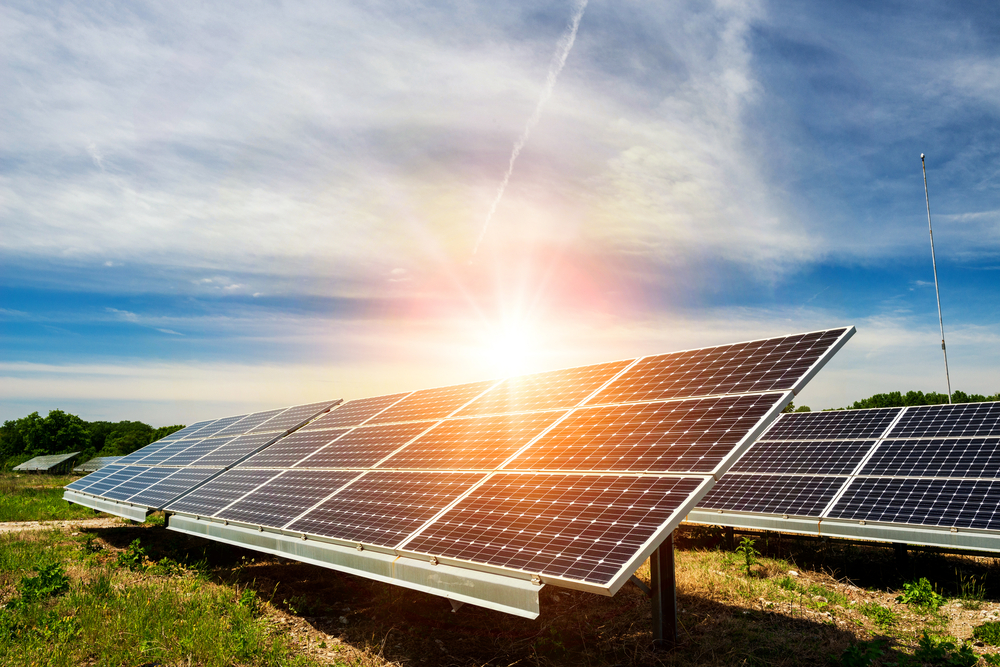
Wind power
Wind power harnesses the kinetic energy of moving air through the use of large wind turbines located on land (on land) or in the sea or fresh water (offshore). Wind power has been used for millennia, but onshore and offshore wind power technologies have evolved in recent years to maximize the electricity produced, with taller turbines and larger rotor diameters (Figure 2).
Although average wind speeds vary considerably by location, the global technical potential for wind power exceeds global electricity production, and there is ample potential in most regions of the world to enable significant wind power deployment.
Many parts of the world have strong wind speeds, but the best locations to generate wind power are sometimes remote. Offshore wind power offers enormous potential, suitable for communities in remote locations.
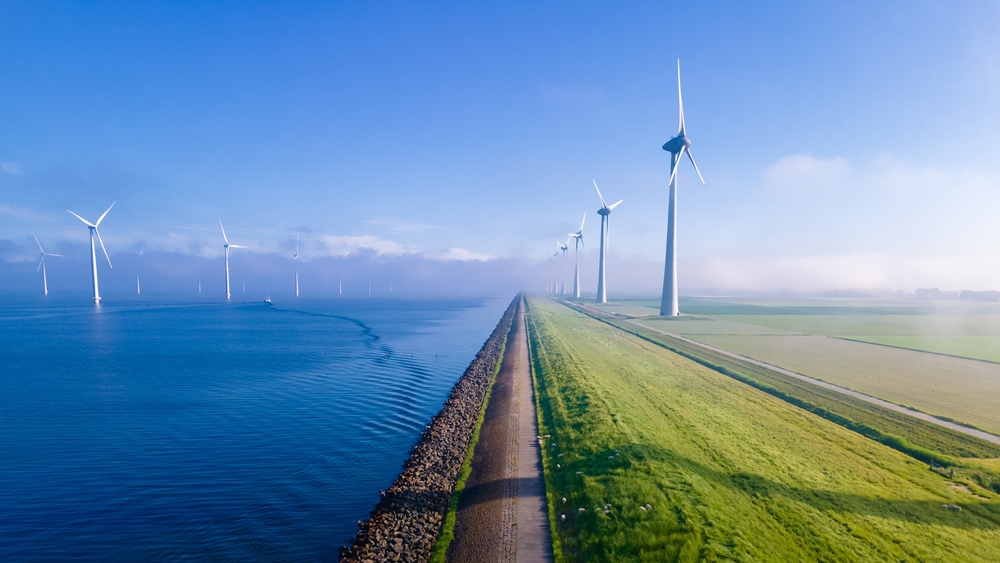
Hydroelectric power
Hydropower harnesses the kinetic energy of water moving from higher to lower elevations. As a renewable energy resource, hydropower is one of the most commercially developed. By building a dam or barrier, a large reservoir can be used to create a controlled flow of water that will drive a turbine and generate electricity (Figure 3). Hydropower reservoirs often have multiple uses: drinking water supply, irrigation water, flood and drought control, navigation services, and power supply.
Hydropower is currently the largest source of renewable energy in the electricity sector and can be more reliable than solar or wind.
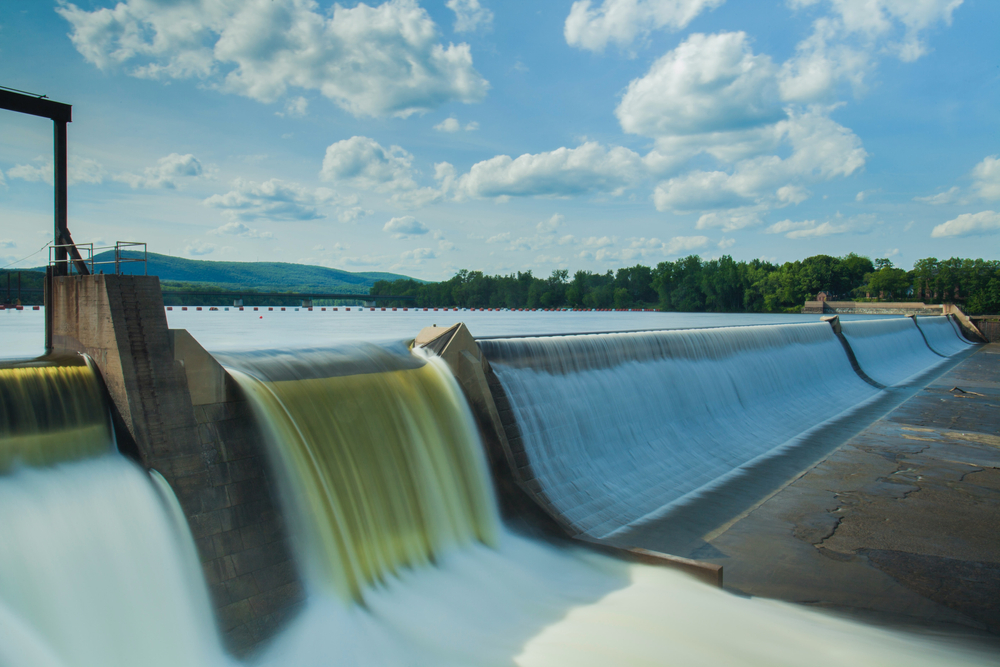
ocean energy
Ocean energy is derived from technologies that use the kinetic and thermal energy of seawater (waves or currents) to produce electricity or heat (Figure 4).
Ocean power systems are still in an early stage of development, and several prototype wave and tidal current devices are being explored. Although tidal flow, unlike other hydropower sources, is not constant, it is highly predictable and can therefore compensate for periods when tidal current is low.

Geothermal energy
This power source uses thermal energy accessible from inside the Earth. Heat is extracted from geothermal reservoirs by wells or other means.
Reservoirs that are hot enough and naturally permeable are called hydrothermal reservoirs, while reservoirs that are hot enough but are enhanced by hydraulic stimulation are called enhanced geothermal systems (figure 5). Once on the surface, fluids of various temperatures can be used to generate electricity. The technology for generating electricity from hydrothermal reservoirs is mature and reliable, and has been in operation for more than 100 years.
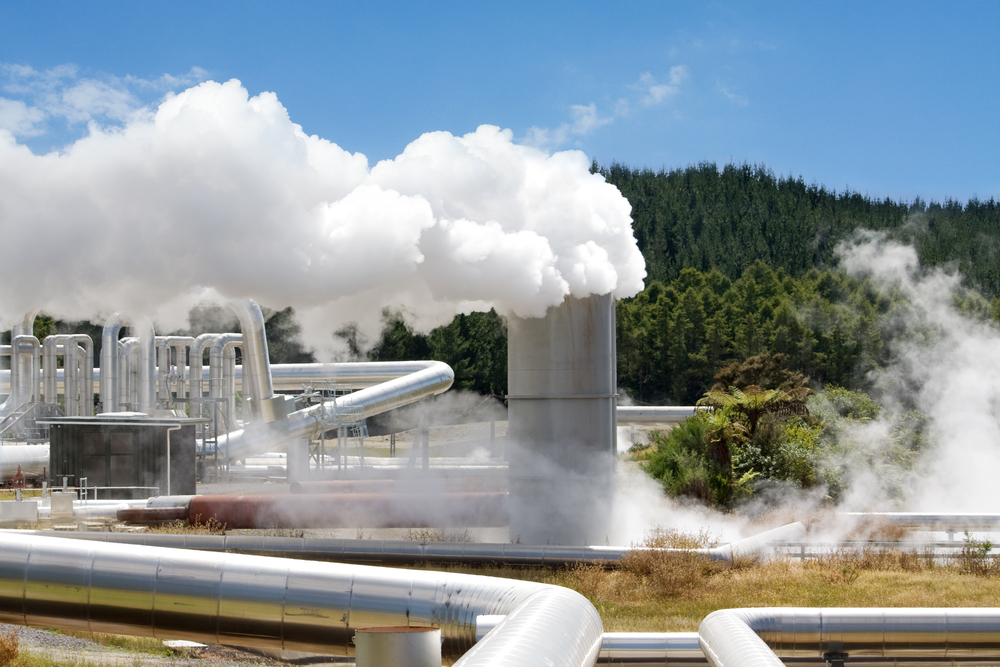
bioenergy
Bioenergy is produced from a variety of organic materials, called biomass, such as wood, charcoal, dung, and other composts for heat and power production, and agricultural crops for liquid biofuels (Figure 6).
The energy created by burning biomass creates greenhouse gas emissions, but at lower levels than burning fossil fuels like coal, oil or gas. However, bioenergy should only be used in limited applications, given the potential negative environmental impacts associated with large-scale forest growth and bioenergy plantations.
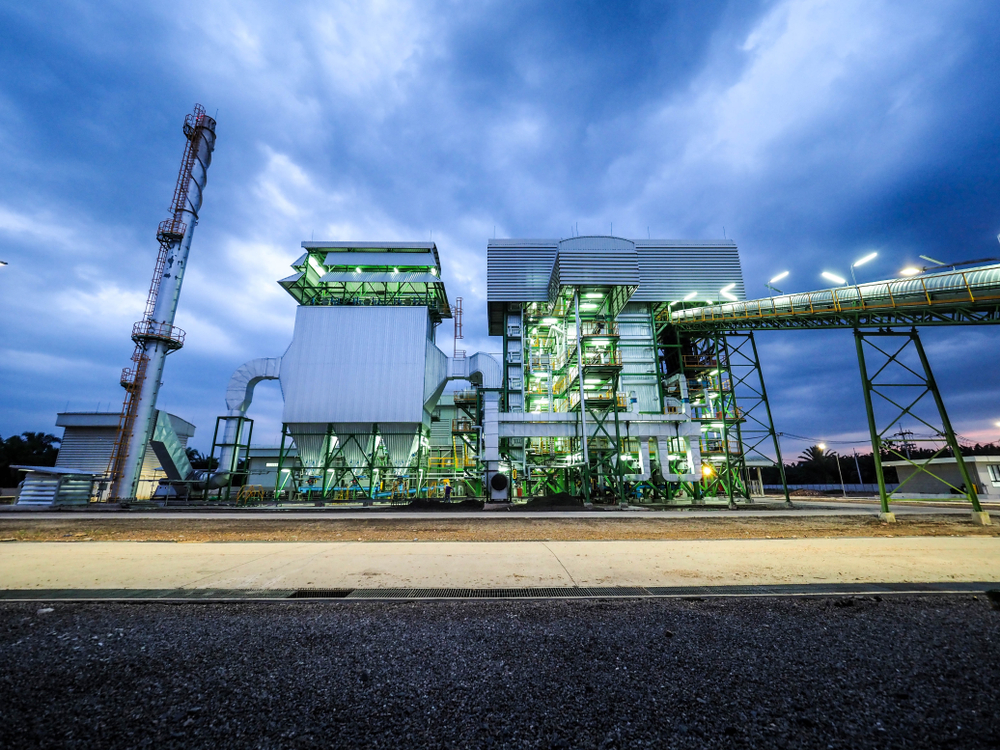
Green hydrogen as an alternative fuel
Among the possible alternative sources of energy, green hydrogen is considered a promising fuel, especially due to its environmental impact. When burned, it has zero carbon emissions, and depending on its production route, the amount of carbon dioxide released into the atmosphere can be drastically reduced 3,4
Depending on the raw materials and the production route, hydrogen is classified into grey, blue and green 5 . Gray hydrogen is obtained through reforming of fossil fuels. More than 95% of the world’s hydrogen is produced by reforming fossil fuels, and about half of that comes from steam reforming of natural gas or shale. When carbon emissions are captured, stored, or used (for example, dry reforming), hydrogen is designated as blue. Finally, green hydrogen corresponds to the use of a renewable raw material and a renewable energy source for the conversion of raw materials and the operation of the processing plant.
On the other hand, there are several renewable energy sources to produce green hydrogen, such as wind, solar, nuclear, hydroelectric, geothermal and biomass. Among the renewable sources that are considered to produce hydrogen, wind and solar energy are the most used for hydrogen production to date. Most of the methods for the production of green hydrogen consider obtaining hydrogen, either through water dissociation reactions (for example, electrolysis of water, thermolysis of water, photocatalytic dissociation of water and thermochemical dissociation of water) 6 .
It is important to reflect on the appropriate use of energy resources, a transcendental topic of discussion and interest these days, it is essential to choose the energy source to use; for which, it is essential to consider the following factors: costs, stability, efficiency and environmental consequences.
It is unfortunate that the vast majority of industries still depend on fossil fuels for electricity generation; which are very effective as far as the quality of energy production is concerned, but are not advantageous in the long run, industries should switch to renewable sources as soon as possible because these fossil fuels represent a great threat to the balance environment and are the cause of various ecological hazards.
Conclusion
It is important to consider a change in the current energy system to eliminate the great dependence it has on fossil fuels and the problems that this brings: imbalances, pollution and depletion of natural resources. In this sense, it is necessary to develop new available technological alternatives that allow the diversification of energy sources and try to overcome the main drawback that opposes the large-scale use of these renewable energies, such as the economic factor.
Bibligraphic References
- American Wind Power Association “Wind Power Fact Sheet: Comparative Costs of Wind and Other Fuels” and “World Wind Power Market Report.” URL: http://www.awea.org.
- https://www.un.org/en/climatechange/what-is-renewable-energy.
- S. Brynolf et al. Environmental evaluation of marine fuels: liquefied natural gas, liquefied biogas, methanol and biomethanol Clean Prod J (2014).
- Y. Khojasteh Salkuyeh et al. Techno-economic analysis and life cycle assessment of hydrogen production from natural gas using current and emerging technologies Int J Hydrogen Energy(2017).
- N. Sazali Emerging Hydrogen Technologies: A Review Int J Hydrogen Energy (2020).
- E. Cetinkaya et al. Life cycle assessment of various methods of hydrogen production Int J Hydrogen Energy (2012).

